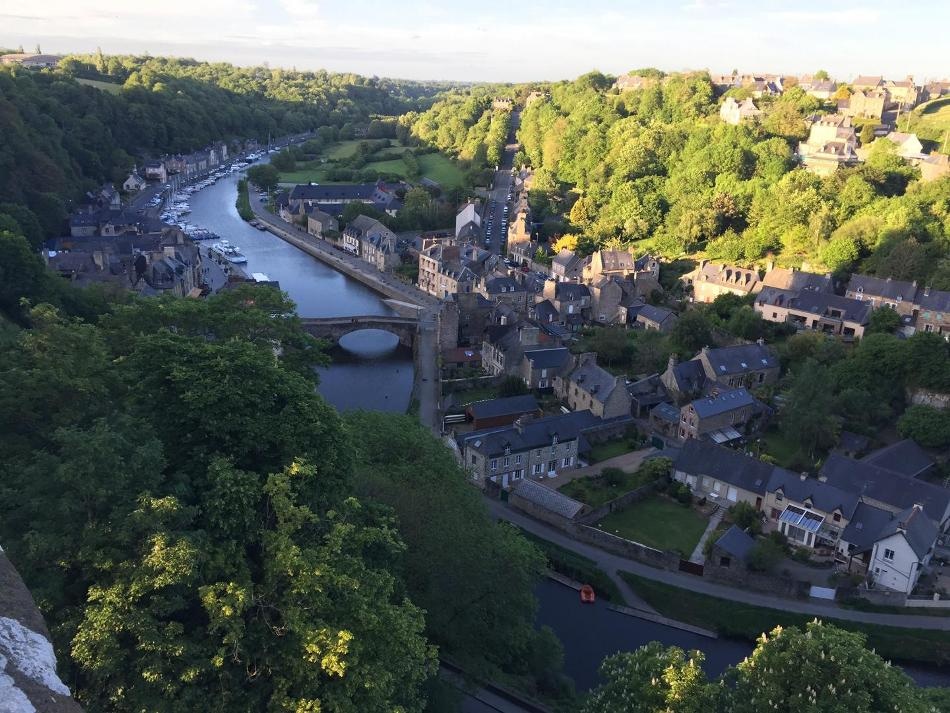Jul 2 2019
A new study by an international group of hydrology experts has shown that there is an urgent need to update the Earth’s water cycle images used in research and education worldwide to demonstrate the influences of human interference.
 Pictures of the earth’s water cycle used in education and research throughout the world are in urgent need of updating to show the effects of human interference. (Image credit: Ben Abbott)
Pictures of the earth’s water cycle used in education and research throughout the world are in urgent need of updating to show the effects of human interference. (Image credit: Ben Abbott)
The scientists asserted that images without humans would contribute to a basic lack of awareness of the relationship of humans with water on Earth—and a false sense of security about the availability of this vital and scarce resource in future.
The researchers drew a new set of pictures, which illustrates the interference of human in almost all parts of the water cycle, to develop a better understanding of how the water cycle works in the next century.
The study, reported in Nature Geosciences, was performed by a large group of experts from Michigan State University (MSU) and Brigham Young University (United States), and the University of Birmingham (United Kingdom), together with colleagues from the United States, Canada, Switzerland, France, and Sweden.
The study revealed that out of a sample of >450 water cycle pictures from across the world in scientific literature, textbooks, and online, 85% revealed that there was no human interaction at all with the water cycle, and only 2% of the pictures tried to show the relationship of water cycle with water pollution or climate change.
Moreover, almost all the studied examples described green landscapes, including mild climates and abundant freshwater—normally with only a single river basin.
In reality, people experience many river basins in their lives, and much of the world’s population never sees verdant landscapes nor abundant freshwater.
Jay Zarnetske, Study Co-Author and Earth and Environmental Scientist, MSU
The scientists argue that there is a dire need to combat this misrepresentation and support a more precise and advanced understanding of the cycle and how it works over the next century. This is important for a society to achieve global solutions to the world’s several water crises.
The water cycle diagram is iconic to science, hence why it is included in children’s science literature across the world. It can be used to teach both the simplest and most complex aspects of how local and planetary earth processes occur, if the diagram is accurate. Unfortunately, we documented that most diagrams are wildly inaccurate and are not relatable to people.
Jay Zarnetske, Study Co-Author and Earth and Environmental Scientist, MSU
Basically, humans and their activities, such as consumption of water, changing land uses, and climate change, have been left out of our water cycling thinking and teaching, and this likely hurts society’s ability to acknowledge and address the looming global water crisis,” Zarnetske further stated.
Therefore, the new pictures drawn by the researchers show a further complicated picture with elements like flood damage caused by land-use changes, pollution, meltwater from glaciers, and sea level rises.
For the first time, the new water cycle diagram adequately reflects the importance of not just quantities of water but also water quality and pollution as key criteria for assessing water resources.
Stefan Krause, Head of the Birmingham Water Council, University of Birmingham
According to Ben Abbott, professor at Brigham Young University and lead author of the study, despite the fact that all scientific diagrams involve compromises and distortions, what the team discovered with the water cycle was the universal exclusion of a core concept.
You can’t understand water in the 21st century without including humans. Other scientific disciplines have done a good job depicting how humans now dominate many aspects of the Earth system. It’s hard to find a diagram of the carbon or nitrogen cycle that doesn’t show factories and fertilizers. However, our drawings of the water cycle are stuck in the 17th century.
Ben Abbott, Study Lead Author and Professor, Brigham Young University
Abbott further stated that better pictures cannot solve the worldwide water crisis, but they could raise awareness of the global consequences of local water use and climate change.